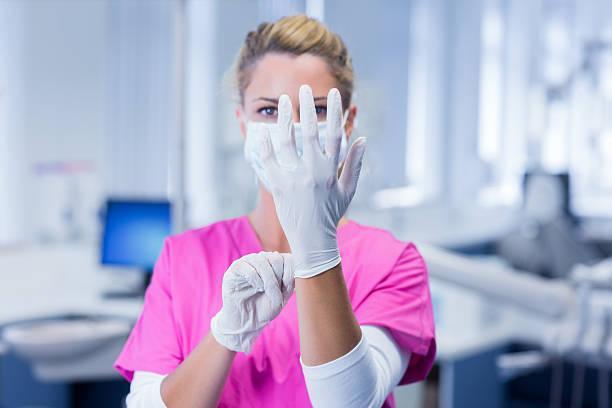3,451 cases of HIV infection were diagnosed in Italy in 2016. These figures were disclosed by the Italian Ministry of Health. Specifically, an average of 5.7 new cases in every 100 thousand residents were recorded, a figure which ranks Italy – alongside Greece – 13th in Europe in regard to this rate.

Compared with previous years, the average age at which the disease is diagnosed in Italy has risen. In one in every two cases, the patients don’t know they are HIV positive at the time of their diagnosis. The methods of transmission have also changed: cases of sexual transmission are on the rise, and those attributable to drug injections have gone down.
In 2012 the italian Ministry published a document entitled Popolazione tossicodipendente: indicazioni per la promozione della salute orale ed interventi di prevenzione e protezione (The drug addict population: recommendations for promoting oral health and prevention and protection interventions), which contains a series of recommendations on treating patients with AIDS, both for the protection of the patients themselves, as well as to avoid the transmission of the virus to staff at the practice during diagnosis-treatment sessions.
Personal protection devices and transmission prevention precautions for dentists and dentist’s assistances
Italian Ministry guidelines suggest how the use of dedicated personal protection devices (PPDs) and specific dental lab equipment are vital to avoid the possibility of transmission to operators. Specifically, the guidelines recommend the use of instruments, such as:
- disposable adhesive film used to protect all non-autoclavable operating instruments
- double sterile gloves which every operator should wear
- TNT masks with high filtration strength, to be replaced every half hour
- disposable TNT gowns, worn by both the operators and the patient (they should be removed as soon as the session is over and in any case before leaving the treatment room)
- protective visor and screen-helmet to avoid contact between the patient’s breath and biological fluids with the mucous of the eyes, nose and mouth of the medical team
- quaternary ammonium salt solutions to disinfect and decontaminate non-autoclavable instruments and the dental equipment used.
Tips for treating HIV positive patients
The Ministry document also contains some guidelines on treating HIV positive patients, paying particular attention to root planing and gingival curettage, which are procedures of removing tartar from the root of the tooth and from the pockets of the gums: for both procedures, dentists are urged to use fluoride varnishes, to prevent secondary caries caused by the alteration in salivation (xerostomy), a side effect of particular drugs, for instance reverse-transcriptase inhibitors.
In the presence of granulocytopenia, an HIV positive patient is more susceptible to bacterial infections and therefore requires appropriate preventive antibiotic treatment. In the case of anaemia or thrombocytopenia (which increases the risk of haemorrhaging) the guidelines recommend that only restorative treatments be provided, whereas odontostomatological surgery should be accompanied by appropriate preventive anti-haemorrhaging treatment.
More generally, before any dental treatment is carried out, the guidelines recommend a professional oral hygiene session – generally at least one every three months – and rinsing with chlorhexidine at 0.2% for one minute at the start of every session. In documented HIV positive patients in the advanced stages of the disease, it is advisable to check in advance using laboratory tests for the presence of any blood dyscrasias, using blood tests.











